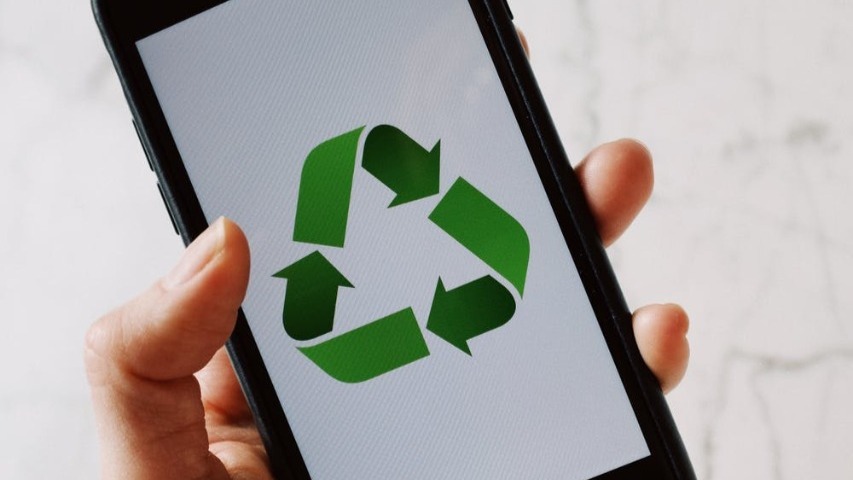
With the nature’s water cycle studied at school, most of us are assured that water is a resource that will be there for ever. This results in taking water for granted.
“When the well’s dry, we know the worth of water”
-Benjamin Franklin
Nature’s water cycle is circular. The water from theground gets to surface, evaporation, precipitation and finally penetration into the ground as recharge. Although the cycle existing in nature,which replenishes water,many urban and rural areas around the world are facing water scarcity. As per the statistics, almost 54% of the India’s population faces high to extremely high-water stress and over 100 million people living in areas where water quality is poor with nearly 4000 children die every day due lack of safe drinking water.
Water scarcity can occur due to physical shortage or economic water resource. A physical water scarcity of water happens when the natural water systems are unable to meet the demand whereas the economic water scarcity occurs due to poor management of water resources.
The Urbanization and Industrialization has caused a sudden spike in the demand for the water. The main reason for the crises is the demand being more than the recharge of the water by the nature (or supply). With the challenges like water losses, cross contamination/groundwater pollution, urbanization and demographic change and climate change being the issue during the near future, andthe high-water use sectors like agriculture, thermal power plant, mining, etc. the linear model (that is., collection or watershed, treatment, distribution, usage, collection, treatment and discharge) can no longer serve the purpose. Circularity in water use could be the way out.The application of the circular R’s to the water can help in the management of water much more efficiently. These include:
Reducing the losses:
Most of the losses happens during transporting the water from the source to its destination. In Navi Mumbai alone, almost 18.61% of total (421.85 MLD) water supplied was wasted in the year 2018-19. While other wastage occurs at the household level due to leakage. It is estimated that at one drop per second, a faucet can leak up to 3000 gallons of water in a year. Thus, an efficient transportation pipe and household monitoring can save a large quantity of water from getting wasted.
Reuse:
The water from household sources like bathing, kitchen and toilet need no or minimal treatment like settling, artificial wetlands, flocculation or coagulation. Reusable or reclaimed water can be used for various applications like gardening, in industries, recreation purpose, agricultural, recharging the groundwater and as drinking water.
Recycle:
The water can be recycled back into the system to serve the primary needs of people after certain tertiary treatments like reverse osmosis, advanced oxidation and membrane technologies.
Restore:
Restoring the water refers to the not only to rain water harvesting but also the actions that makes rivers, lakes, ground water and other water bodies waste and pollution free and restoring its natural quality.
Rethink:
Rethinking the consumption can help to use the water in an efficient manner. At household level, installing tap aerators, low head showers, dual flush, etc. can help reduce the water demand to commendable level. At an industrial scale, use of recycled material instead of virgin material can reduce the water demand. Examples include use of recycled PET polyester.
“The things which have the greatest value in use have frequently little or no value in exchange. Nothing is more useful than water: But it will purchase scarcely anything”
-Adam Smith (1776)
Thus, water must be valued and water conservation through the 5 circular R’s can help solve the water crises in the world.
By : Saravana Kumaran | Changemaker
